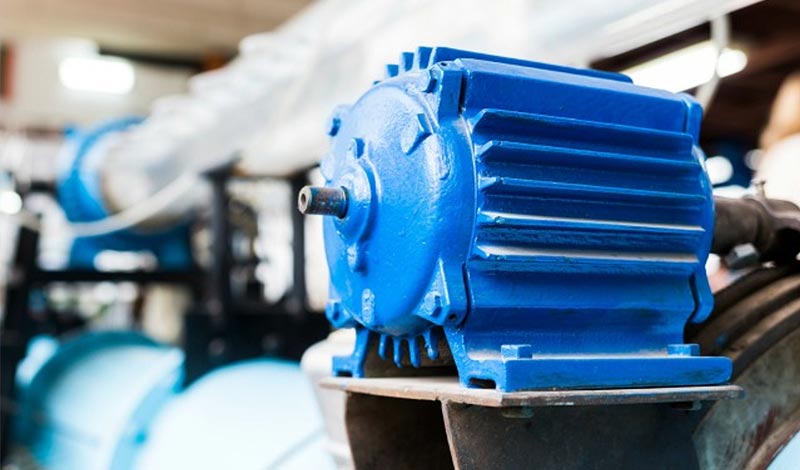With motors consuming more than half of the electricity used in the United States, motor-driven systems account for a substantial portion of energy bills. Manufacturing processes are the most visible application for motors, although they’re also used in pumps, HVAC systems and a variety of other operations. For many facilities, motors present a significant opportunity to reduce operating costs.
These operational and maintenance practices can improve motor performance, extend equipment life and reduce operating costs.
Identify and eliminate distribution system losses. Regularly check for bad connections, poor grounding and shorts to ground. Such problems are common sources of energy loss and may reduce motor reliability. Qualified technicians using monitoring equipment and infrared cameras can identify these types of problems in your facility.
Maintain voltage levels. Keep motor voltage as close to the nameplate value as possible. Large variations can reduce efficiency, power factor and service life. Because voltage decreases with distance from the stepdown transformer, all voltage measurements should be taken at the motor terminal box.
Minimize phase unbalance. Voltage phase balance in a three-phase system should remain within manufacturer’s recommendations to avoid motor derating and warranty issues. Several factors affect voltage balance, including varied cable sizing or faulty circuits. An unbalanced system increases distribution system losses and reduces motor efficiency.
Maintain high power factor. Low power factor reduces the efficiency of the electrical distribution system inside and outside of your facility. Low power factor results when induction motors operate at less than full load. You may be charged a penalty if power factor dips below a certain level. Installing capacitors helps correct power factor.
Use motor controls. Motor controls save energy by adjusting motor speed or switching them off when appropriate. For variable loads, variable speed drives (VSDs) can reduce energy use by 50% or more. Load-shedding controls turn off idling motors during the processing cycle. Controls also lower maintenance costs by reducing wear on equipment.
Start with a plan
Evaluate all motors in your facility. It may be cost effective to save energy and increase reliability by replacing some working units with newer models. Select NEMA Premium motors. Premium efficiency models may cost more to purchase, but they can pay for themselves over the life of the unit in lower operating costs.
